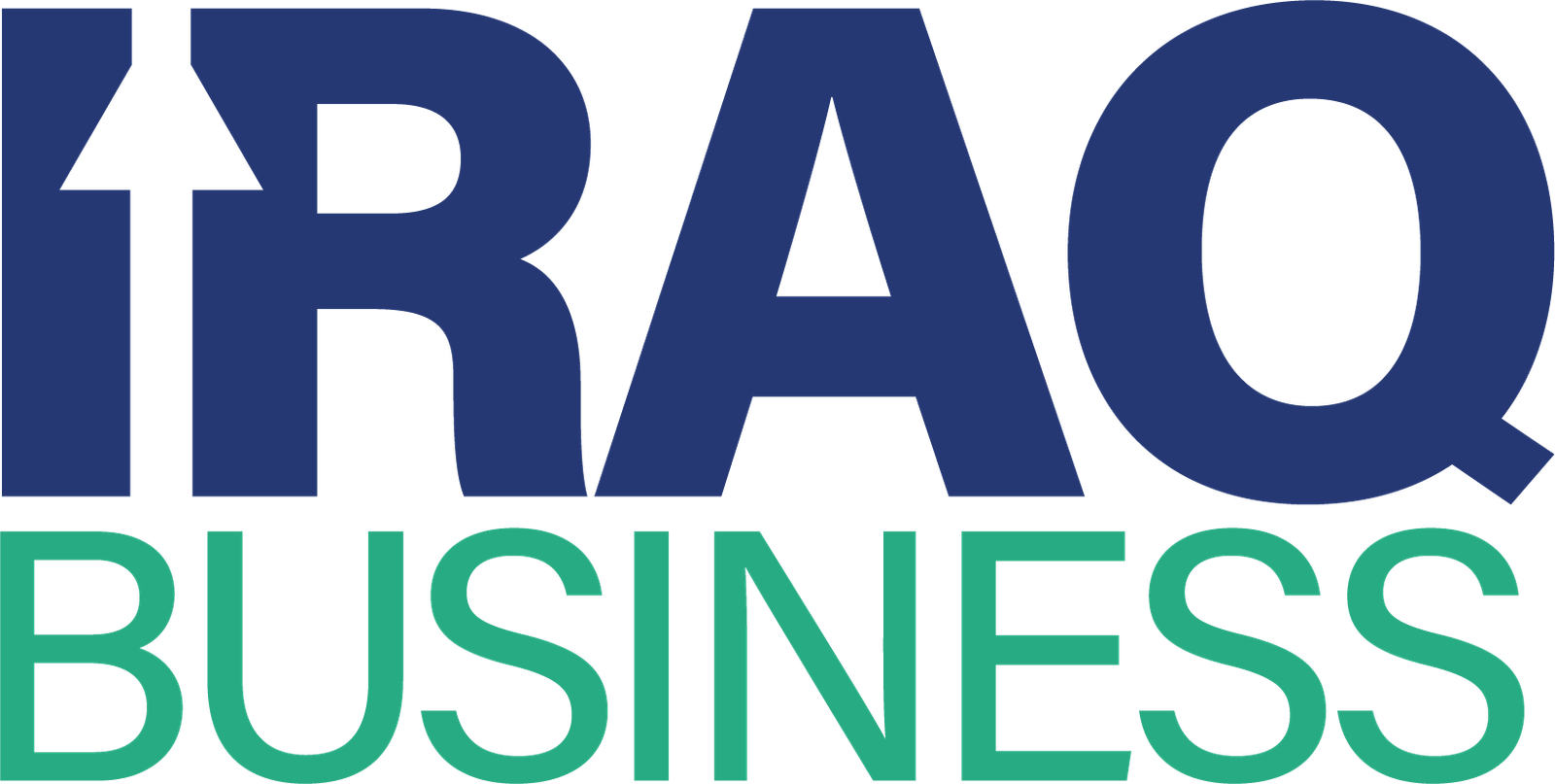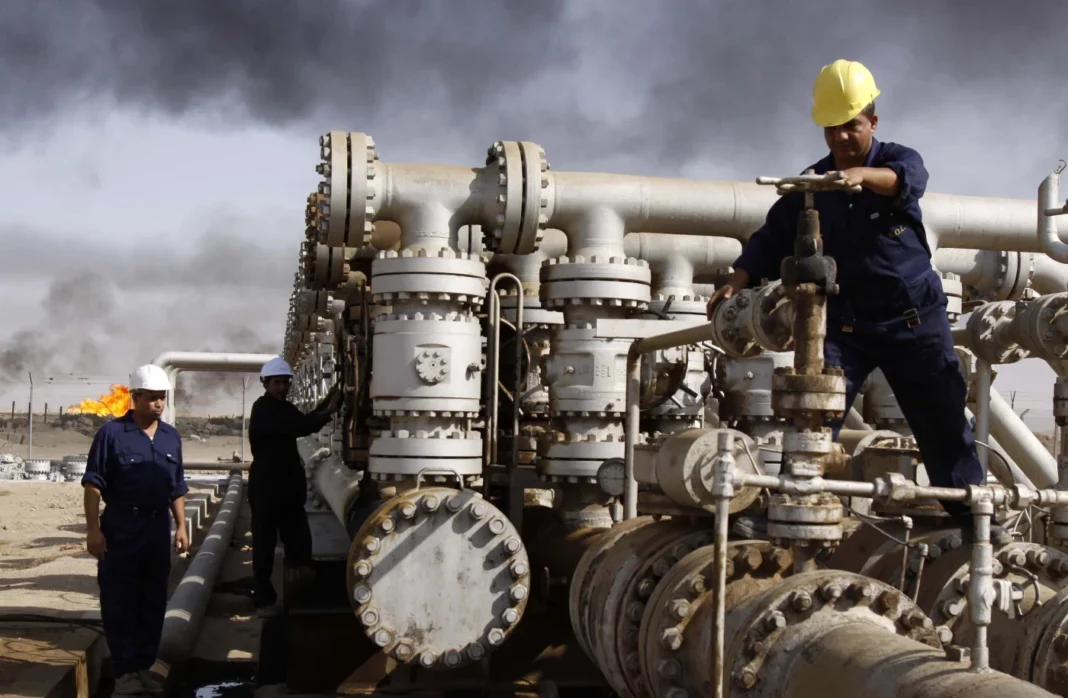Oil markets opened the week lower as OPEC+ countries, including Iraq, increased production more than expected for August. The Iraq oil prices move surprised traders and added pressure to prices already weighed down by global economic uncertainty.
Brent crude fell by $0.47 to reach $67.83 per barrel. Meanwhile, West Texas Intermediate dropped $0.95 to trade at $66.05 per barrel. The unexpected shift by OPEC+ created concerns about excess supply.
OPEC+, a group that includes Iraq, agreed to add 548,000 barrels per day (bpd) to the market in August. This output hike exceeded the previous monthly additions of 411,000 bpd for May through July and 138,000 bpd in April.
Energy experts now expect intensified competition among producers. Iraq, along with Saudi Arabia and others, will seek to regain market share, even if that strategy pushes prices down. RBC Capital analysts said the group’s latest decision would restore almost 80% of the 2.2 million bpd cuts previously agreed to by eight member countries.
However, most of the added supply still comes from Saudi Arabia. Iraq and other members have struggled to hit their full output targets. Despite this, Saudi Arabia signaled confidence in demand by raising its August price for Arab Light crude, especially for the Asian market.
Analysts at Goldman Sachs believe OPEC+ will raise production again in September. They expect a final hike of 550,000 bpd, to be announced during the next OPEC+ meeting.
Global concerns continue to dampen oil demand, particularly due to U.S. tariff policies. President Donald Trump hinted at possible delays in planned tariffs, but gave no specifics. He stated that some tariffs could reach up to 70%, while others may remain near 10%.
Market analysts worry that mixed signals on tariffs will slow global trade. A slowdown could reduce fuel demand worldwide. These developments may affect oil-producing countries like Iraq, which depend on stable prices to support their national budgets.
Priyanka Sachdeva, a senior market analyst, noted that tariff fears continue to dominate investor sentiment. She explained that a weaker U.S. dollar remains the only real support for oil prices at the moment.
As Iraq ramps up production with other OPEC+ members, the challenge lies in balancing higher output with falling prices. The global market now watches closely for the group’s next move.


